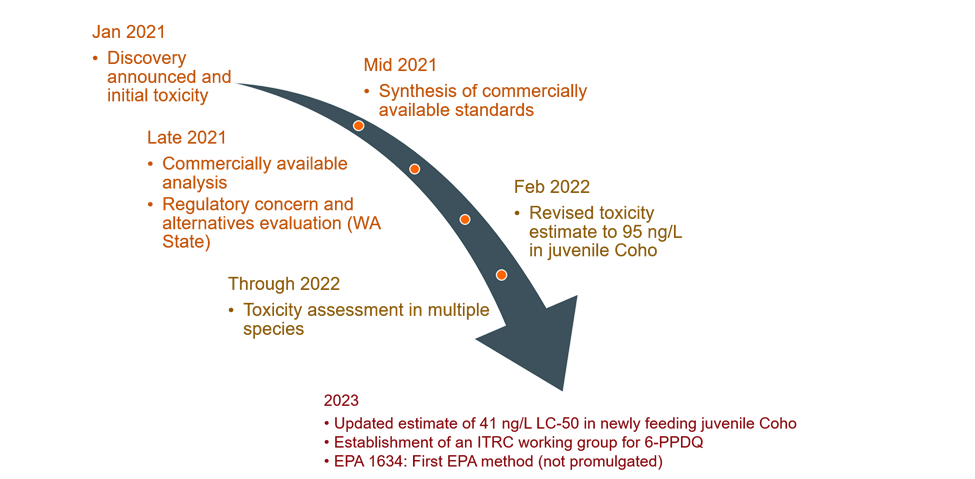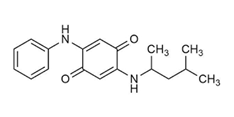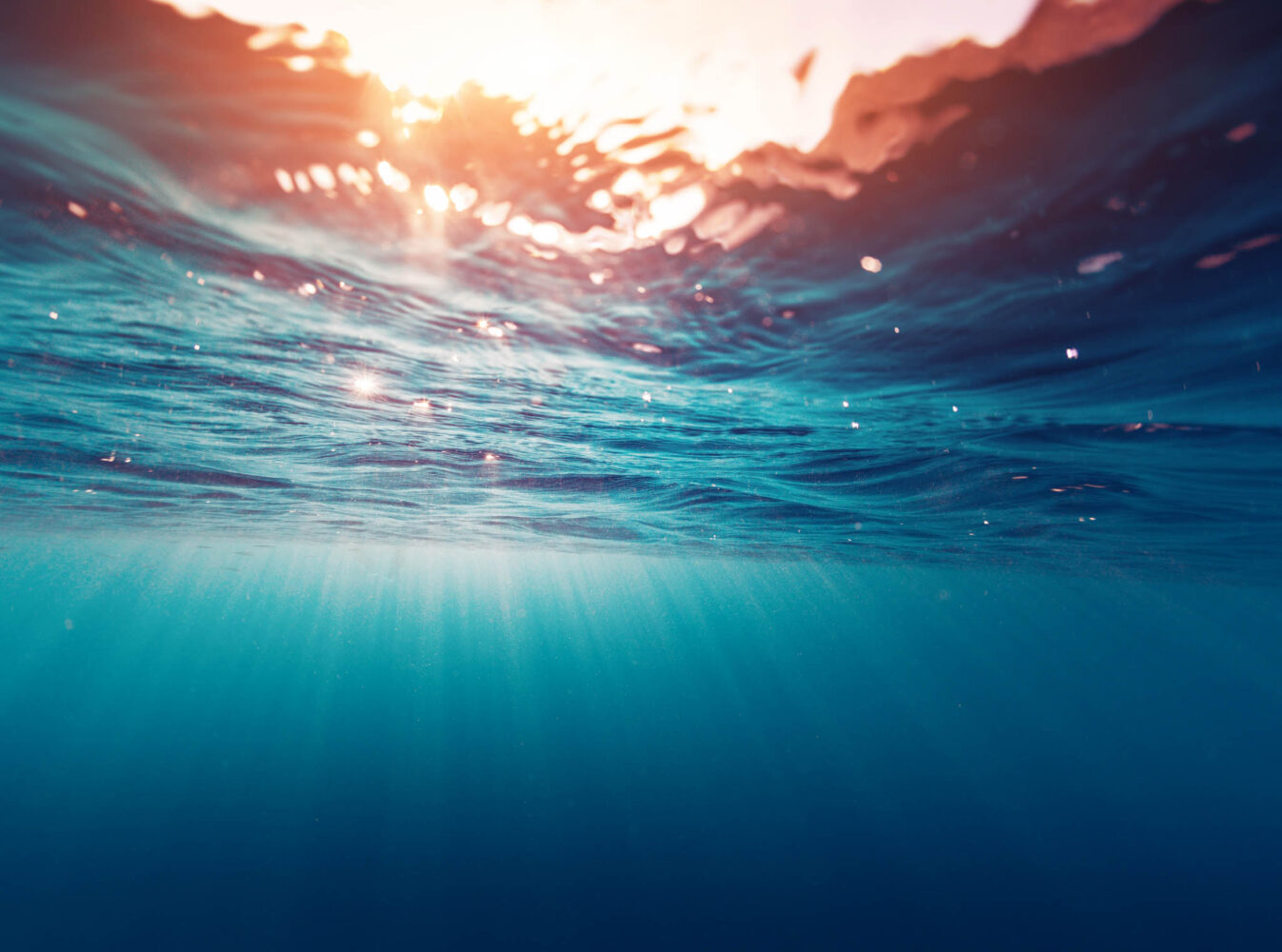6-PPD Quinone (6-PPDQ)
The Newest Emerging Contaminant
6-PPD Quinone (6PPDQ) is an emerging contaminant of concern, formed from the antioxidant 6-PPD used in tires as an antiozonant. Its discovery in 2021 sparked global attention due to its acute toxicity to aquatic life, especially juvenile Coho salmon. SGS offers measurement of 6-PPDQ in surface/groundwater, stormwater, soils/sediments, influents, effluents, biosolids supporting research, regulatory compliance, and mitigation efforts.

Why 6PPDQ Matters
- Highly Toxic: Lethal to salmonids at concentrations as low as 41 ng/L.
- Widespread Occurrence: Found in surface water, stormwater, snowmelt, roadside soil, biosolids, and wastewater across North America, Europe, Asia, and Australia.
- Partitioning to Sediment/Biosolids: Its high affinity to solids adds to the complications on studying fate and transport
Our Services
SGS offers validated methods for detecting 6PPDQ using:
- EPA 1634 draft Liquid Chromatography-Tandem Mass Spectrometry (LC-MS/MS) in aqueous matrices
- Reporting Limits: 0.1 ppt in aqueous samples (well below EPA 1634 specifications), 50 ppt in soils/sediments.
- Method extensions to solid matrices going beyond EPA 1634
- Specialized liquid-liquid extractions available to maximize recovery from challenging whole water samples with high % solids
SGS has analyzed hundreds of samples across Canada and the U.S., revealing:
- Elevated concentrations in urban runoff and roadside soils.
- Seasonal variation in surface water levels, with spikes during rain events.
- High partitioning to sediments (log Koc ~3.9).
Our methods also detect other tire-related pollutants:
- Microplastics
- Hexamethoxymethyl melamine (HMMM)
SGS Live Presents:
The link between coho salmon and 6 PPD quinone

Case Studies
In 2024, Canadian researchers (Lo et al. 2024) published vital information on the enhanced toxicity of 6-PPDQ to juvenile Chinook and Coho salmon. Our lab in Sidney BC provided the analytical measurements of 6-PPDQ for this study that showed Coho salmon juveniles were even more sensitive to the chemical with an LC-50 of 41 ng/L!
Contact SGSWhy SGS for PPDQ?
- Unparalleled leadership in emerging contaminants
- Extensive experience with 6-PPDQ, one of the first labs offering commercial analysis
- Early experience in sediments, soils and waste


